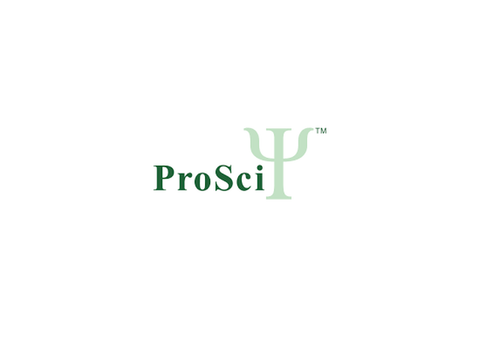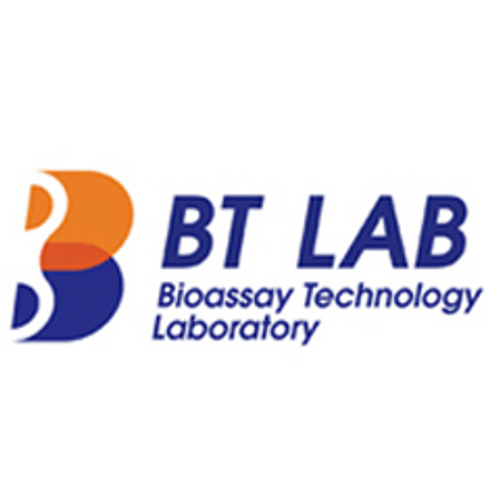Product Description
KANK2 Antibody | 7309 | ProSci
Host: Rabbit
Reactivity: Human, Mouse, Rat
Homology: Predicted species reactivity based on immunogen sequence: Bovine: (94%)
Immunogen: KANK2 antibody was raised against a 16 amino acid peptide near the carboxy terminus of human KANK2 .
The immunogen is located within the last 50 amino acids of KANK2.
Research Area: Cancer, Cell Cycle
Tested Application: E, WB, IHC-P, IF
Application: KANK2 Antibody can be used for detection of KANK2 by Western blot at 1 μg/mL.
Antibody validated: Western Blot in mouse samples; Immunohistochemistry in human samples and Immunofluorescence in human samples. All other applications and species not yet tested.
Specificiy: Two alternatively spliced transcript variants encoding different isoforms have been identified.
Positive Control 1: Cat. No. 1403 - Mouse Brain Tissue Lysate
Positive Control 2: Cat. No. 10-401 - Human Kidney Tissue Slide
Positive Control 3: N/A
Positive Control 4: N/A
Positive Control 5: N/A
Positive Control 6: N/A
Molecular Weight: Predicted: 95 kDa
Observed: 102 kDa
Validation: N/A
Isoform: N/A
Purification: KANK2 Antibody is affinity chromatography purified via peptide column.
Clonality: Polyclonal
Clone: N/A
Isotype: IgG
Conjugate: Unconjugated
Physical State: Liquid
Buffer: KANK2 Antibody is supplied in PBS containing 0.02% sodium azide.
Concentration: 1 mg/mL
Storage Condition: KANK2 antibody can be stored at 4˚C for three months and -20˚C, stable for up to one year.
Alternate Name: KANK2 Antibody: SIP, MXRA3, ANKRD25, KIAA1518, SIP, KN motif and ankyrin repeat domain-containing protein 2, Ankyrin repeat domain-containing protein 25
User Note: Optimal dilutions for each application to be determined by the researcher.
BACKGROUND: KANK2 Antibody: Ankyrins are membrane adaptor molecules that play important roles in the control of cytoskeleton formation by regulating actin polymerization. KANK2 (KN motif and ankyrin repeat domain-containing protein 2) , was initially identified as a steroid receptor coactivator (SRC) interacting protein (SIP) that could sequester steroid receptor coactivators in the cytoplasm. More recent experiments have shown that while KANK2 is widely expressed, in kidney podocytes, KANK2 localizes to foot processes, suggesting that KANK2 may contribute to controlling actin dynamics in podocyte foot processes.
 Euro
Euro
 USD
USD
 British Pound
British Pound
 NULL
NULL












